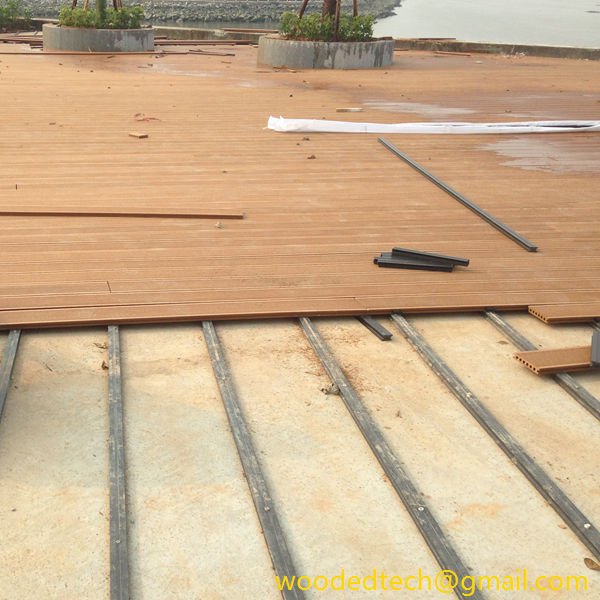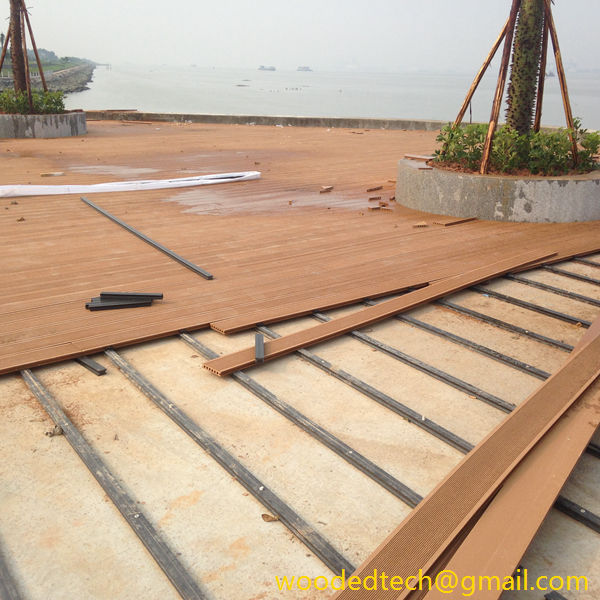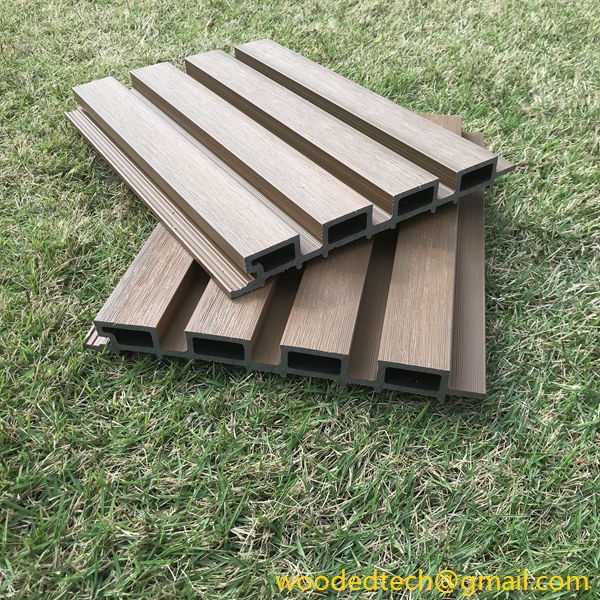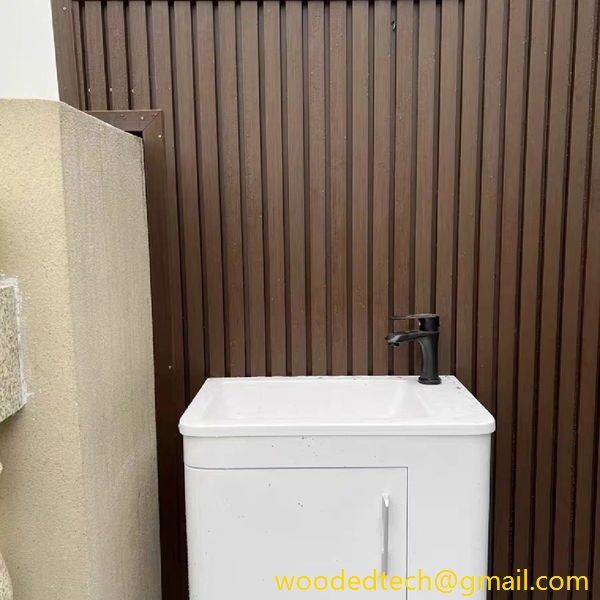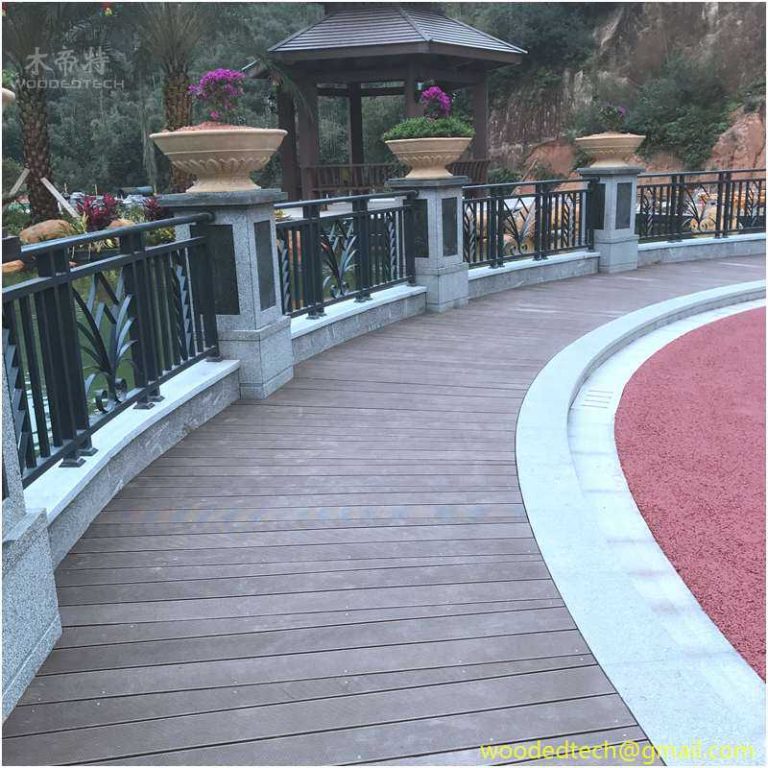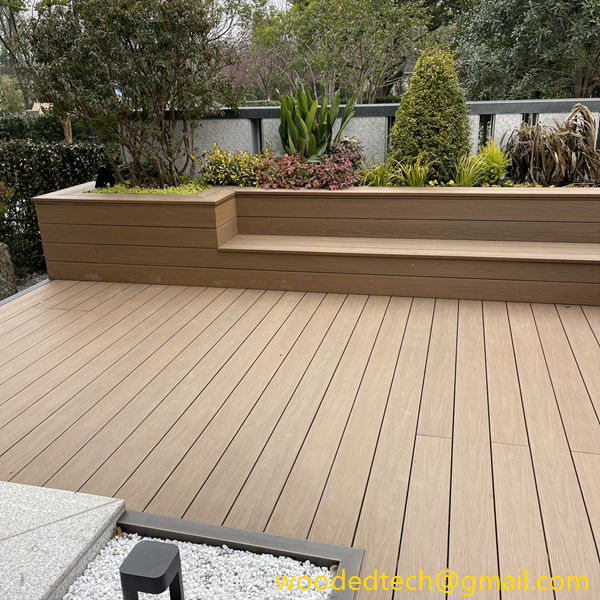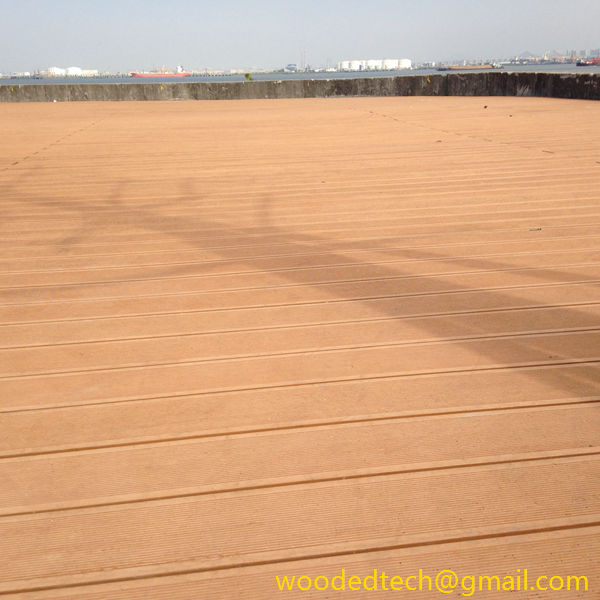Installing Composite Wood Decking Over Concrete: A Guide
Installing Composite Wood Decking Over Concrete: A Guide Composite wood decking has become a popular choice for homeowners seeking a durable and aesthetically pleasing outdoor surface. Unlike traditional wood, composite decking does not warp, splinter, or require constant maintenance, making it ideal for various settings, including installation over concrete. If you are considering this project,…
Installing Composite Wood Decking Over Concrete: A Guide
Composite wood decking has become a popular choice for homeowners seeking a durable and aesthetically pleasing outdoor surface. Unlike traditional wood, composite decking does not warp, splinter, or require constant maintenance, making it ideal for various settings, including installation over concrete. If you are considering this project, the steps outlined here will guide you through the process while highlighting the benefits of using composite wood.
First and foremost, it’s essential to understand the advantages of composite decking. Made from a combination of wood fibers and plastic, composite materials provide excellent durability and resistance to the elements. This means your new deck will withstand rain, sun, and temperature fluctuations without compromising its integrity. Additionally, composite decks are resistant to mold and mildew, making them a healthier choice for your outdoor space.
Before you begin the installation process, you will need to gather the necessary materials and tools. Here is a list of items you will need:
– Composite decking boards
– Pressure-treated wood for the substructure
– Concrete screws or adhesive
– Decking clips or hidden fasteners
– A circular saw or miter saw
– A drill and drill bits
– A measuring tape
– A level
– A chalk line
Once you have your materials, the first step in the installation process is to prepare the concrete surface. Ensure that the concrete is clean and free of any debris. Any old paint, sealants, or adhesives should be removed to create a solid base for your decking. Additionally, check for any cracks or damage in the concrete and repair these areas as needed. If you are installing the deck in a location prone to water pooling, it may be wise to apply a waterproofing agent to the concrete to prevent moisture problems later on.
Next, you will need to create a substructure for your composite decking. This step is crucial, as the longevity and stability of your deck will depend on a solid foundation. For this, you’ll use pressure-treated lumber, which is designed to resist rot and decay. Start by determining the layout of your deck and marking it on the concrete surface with a chalk line. The substructure should be installed perpendicular to the direction of the composite boards to provide optimal support.
To install the substructure, you will need to secure the pressure-treated lumber to the concrete using concrete screws or adhesive. If you choose to use screws, be sure to pre-drill holes in the wood and use a level to ensure that your framing is even. The spacing between each joist should not exceed sixteen inches on center to support the composite boards adequately.
Once your substructure is complete, you can begin to lay down the composite decking boards. Start at one edge of the deck and work your way across, ensuring that the boards are installed with a slight gap between them to allow for expansion and contraction due to changing temperatures. Most manufacturers recommend a gap of around one-eighth to one-fourth of an inch, but double-check the specific guidelines for the brand you’ve chosen.
As you install the boards, you have the option of using hidden fasteners or traditional screws. Hidden fasteners create a seamless surface and improve the overall appearance of the decking. If you choose to use screws, make sure to follow the manufacturer’s recommendations for screw placement to avoid damaging the boards.
Once all of the composite decking boards are installed, it is essential to perform a final inspection. Walk across the deck to ensure that there are no loose boards and that everything is secure. Check that all fasteners are properly tightened, and look for any areas that may require additional support.
After confirming that your deck is safe and secure, consider adding finishing touches such as railing systems and staircases if needed. These elements not only enhance the visual appeal of your deck but also adhere to safety regulations and provide added security.
In conclusion, installing composite wood decking over concrete can be a beneficial project that results in a beautiful and long-lasting outdoor space. The durability and low maintenance of composite materials make them an attractive alternative to traditional wood. With careful preparation, a solid substructure, and proper installation techniques, you will create an appealing area for relaxation and entertainment. Whether for gatherings with family and friends or enjoying the serene outdoors, your new composite wood deck will stand the test of time. With a minimal amount of upkeep, you can enjoy it for years to come.

